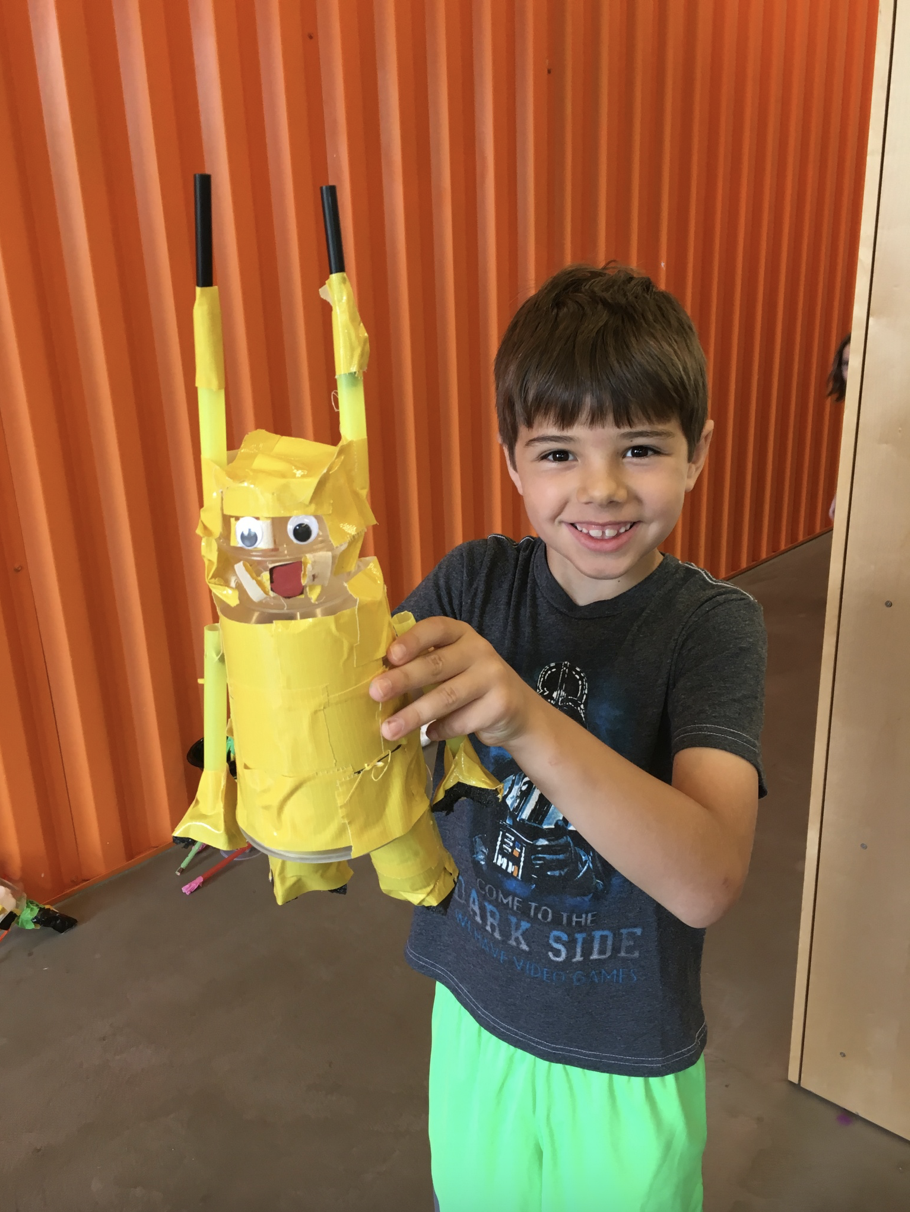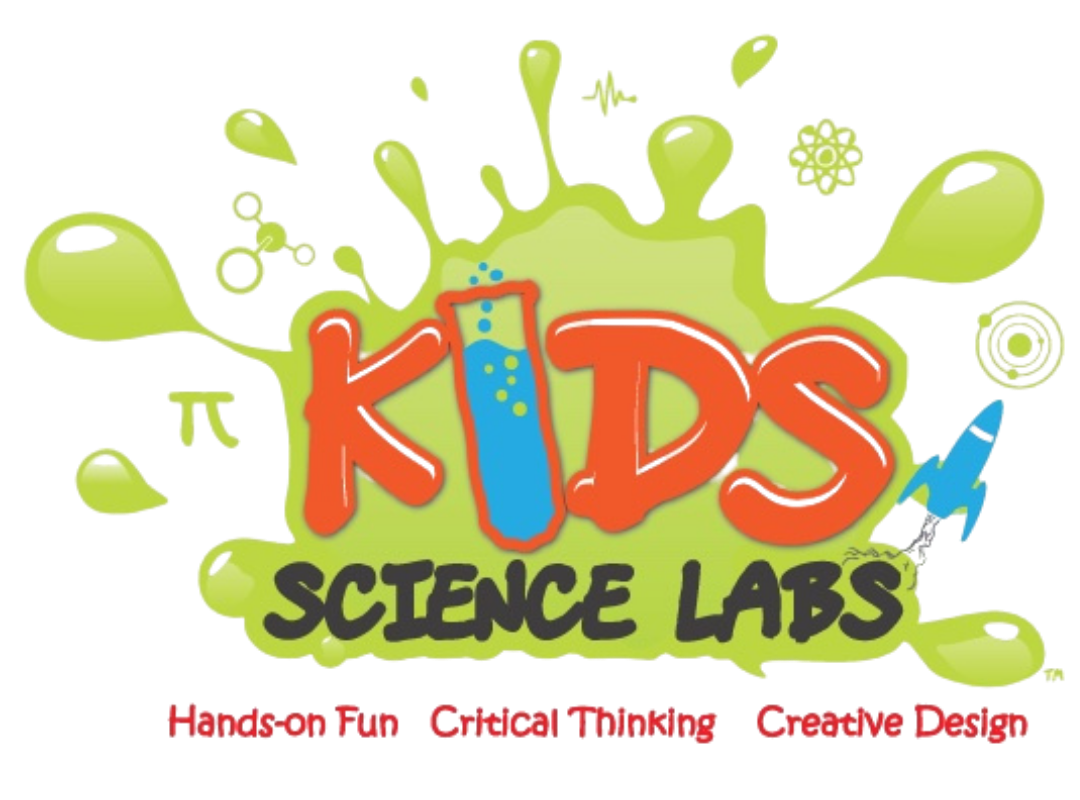
Girls love science! Let's inspire them now, and forever, to build a better world for us.
Girls are the future for our entire world. They need frequent and regular engagement with hands-on science that encourages their brilliance, creativity, and ability to innovate, at an early age (2-5). It’s never too late for science, but really, our system actually disables their interest by the 5th grade and we need to do more to give them the opportunities that they deserve.



